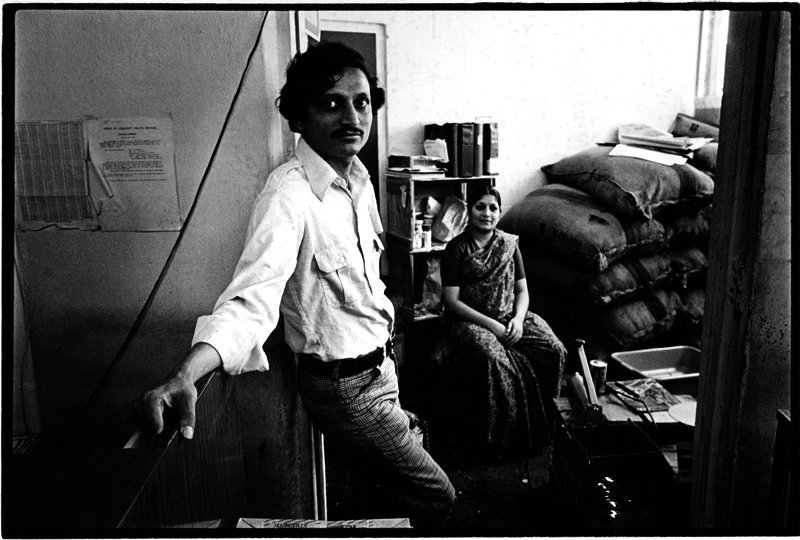- Joined
- Dec 11, 2006
- Messages
- 18,743
- Reaction score
- 8,048
- Location
- Mid-Atlantic US
- Can others edit my Photos
- Photos NOT OK to edit
- Banned
- #16
You have a problem that most people would like to have - good composition, sharpness and color.
I think your best work is in the children series where your natural feelings show through - most of them are great with some arising to the truly excellent.
Where I think there is room for change is in your use of the frame. You seem to be hooked on 2:3 when often 4:5 would be better. There are several instances where there is lots of excess space that you've vignetted away - and the vignette looks obvious.
There are instances where the subject has pushed up against the edge for no real reason.
These are minor issues that don't speak to the 'plateau' but that keep your work from being as good as it can be.
One way to get recurring input is, if you have a photographer friend whose opinion you value, try having them look for mistakes or things they don't like - and then accept or reject the ideas as you like. Putting pictures up for c/c is useful but won't speak directly to your issue, which is not finalizing the image perfectly.
In regards the hated 'plateau' - most of your work is very much alike, pretty much straightforward, here's a reflection of what you saw, captured well. But once you can do that, it get's a bit boring - and more dangerous, because everyone knows what they will see, any errors pop out (like the baby picture with the foot of a chair in the corner)
You need some diversity in your 'style', more arrows to your bow.
I think tirediron's suggestion is totally right on the button.
Look for images you absolutely love but in a style you've never done - and try to create them.
That will teach you more than reading exercises on a site.
I think your best work is in the children series where your natural feelings show through - most of them are great with some arising to the truly excellent.
Where I think there is room for change is in your use of the frame. You seem to be hooked on 2:3 when often 4:5 would be better. There are several instances where there is lots of excess space that you've vignetted away - and the vignette looks obvious.
There are instances where the subject has pushed up against the edge for no real reason.
These are minor issues that don't speak to the 'plateau' but that keep your work from being as good as it can be.
One way to get recurring input is, if you have a photographer friend whose opinion you value, try having them look for mistakes or things they don't like - and then accept or reject the ideas as you like. Putting pictures up for c/c is useful but won't speak directly to your issue, which is not finalizing the image perfectly.
In regards the hated 'plateau' - most of your work is very much alike, pretty much straightforward, here's a reflection of what you saw, captured well. But once you can do that, it get's a bit boring - and more dangerous, because everyone knows what they will see, any errors pop out (like the baby picture with the foot of a chair in the corner)
You need some diversity in your 'style', more arrows to your bow.
I think tirediron's suggestion is totally right on the button.
Look for images you absolutely love but in a style you've never done - and try to create them.
That will teach you more than reading exercises on a site.










![[No title]](/data/xfmg/thumbnail/32/32838-c28b0c47ca2cb319a1f97cc29ed60d61.jpg?1734162538)

![[No title]](/data/xfmg/thumbnail/34/34075-a2fb0d7352396e58920e196958f6d006.jpg?1734164511)

